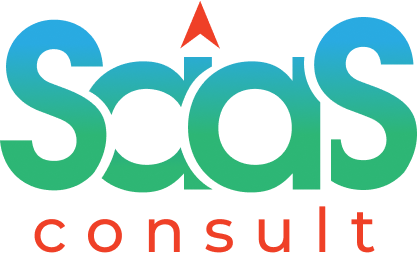What is product demo
A product demo, short for product demonstration, is a presentation or showcase of a product’s features, functionalities, and benefits to potential customers or users. It is a powerful sales and marketing tool used to educate and persuade prospects, giving them a firsthand experience of the product’s capabilities. Here are some key points about product demos:
1. Purpose: The primary purpose of a product demo is to showcase the value proposition of the product and highlight how it can address the needs and pain points of the target audience. It helps potential customers understand how the product works, its key features, and how it can benefit them.
2. Tailored Approach: Product demos are often tailored to the specific needs and interests of the audience. Sales teams customize the demo to address the unique requirements of each prospect, highlighting the aspects of the product that are most relevant to their business or use case.
3. Hands-on Experience: A product demo typically involves an interactive session where the presenter guides the audience through the product’s functionalities. This hands-on experience allows potential customers to explore the product, interact with its interface, and see its capabilities in action.
4. Key Features Showcase: The demo focuses on highlighting the product’s key features and their benefits. It demonstrates how these features solve problems, streamline processes, improve efficiency, or deliver desired outcomes. The presenter may showcase real-world scenarios or use cases to illustrate the product’s value.
5. Addressing Objections: During a product demo, potential customers may raise questions or concerns. The presenter should be prepared to address objections and provide satisfactory answers. This helps build trust and confidence in the product’s capabilities and resolves any doubts that prospects may have.
6. Call-to-Action: A product demo is often a step in the sales process, leading to a call-to-action such as a purchase, subscription, or further engagement. The presenter should conclude the demo by guiding the audience on the next steps, whether it’s signing up for a trial, scheduling a follow-up meeting, or providing contact information for further inquiries.
7. Virtual and In-Person Demos: Product demos can be conducted both in-person and virtually. In-person demos may involve a sales representative visiting a client’s office or conducting a demonstration at trade shows or events. Virtual demos are conducted remotely using video conferencing tools or pre-recorded presentations, allowing for broader reach and convenience.
A well-executed product demo can significantly impact the sales process by showcasing the product’s value and building confidence in potential customers. It helps bridge the gap between product features and customer needs, leading to increased conversion rates, customer satisfaction, and overall success in the market.

